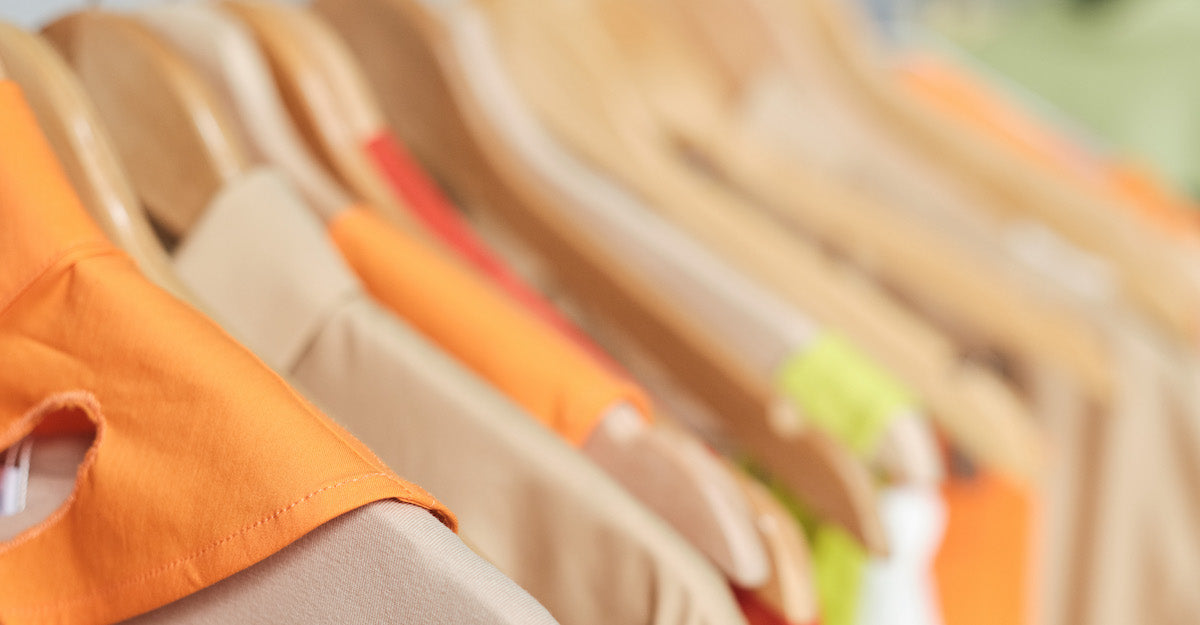
Where Do The Colors In Our Clothes Come From?
We are born into a society where most of our habits or behaviors are pre-established and we forget to question ourselves about basic decisions. Have you ever thought about where the colors of our clothes come from? I don't think we think that cotton grows in a fluorescent purple. Today we are going to talk about traditional pigment and digital printing of textiles.
Conventional printing uses a mixture of adhesive and pigment. The adhesive is made from PVC, the second most widely used plastic in the world and the most harmful to the environment. A pigment is also added which contaminates water. In general, printing pigments are of low quality and dangerous to health, especially the red and green ones.
Dyeing fabrics is one of the processes that most worries the fashion industry, given that it is one of the largest sources of water pollution. As we have heard many times, it is seas of pollution that are enough just to dye one of our t-shirts, to be able to have a jacket in our favorite color or the color of the season. And you may be wondering, does this mean that I will never be able to wear rainbow clothing again? Not at all, we just have to choose alternatives that are not harmful to the environment.
Digital printing is an alternative that is gaining popularity with designers looking to print ink directly onto textiles. This alternative helps reduce water consumption and waste associated with this practice ; in addition, energy use is optimized, as are production times. The best thing is that digital printing can be done with water-based inks that are environmentally friendly, thus eliminating the use of traditional pigments.
Natural dyes are another great sustainable alternative to this practice; the problem is that their production is difficult to scale to meet industrial demand.
Whatever alternative you choose, the important thing is to be aware of the consequences that these have on the environment and choose the one that works best for you, without forgetting your commitment to the planet.



